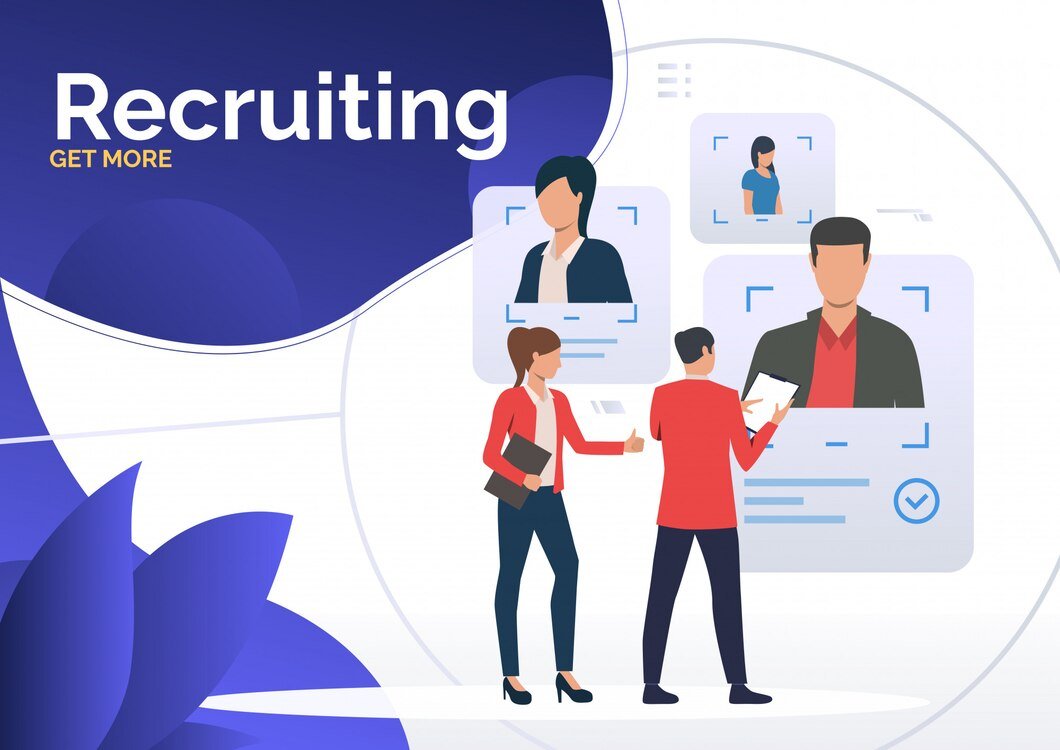
From Onboarding to Offboarding: A Comprehensive Talent Management Lifecycle
Posted on March 5, 2024
The Talent Management Lifecycle is a critical framework that guides organizations in attracting, developing, retaining, and transitioning employees throughout their careers. A well-structured lifecycle enhances employee engagement, satisfaction, and overall organizational effectiveness. Here’s a comprehensive overview of the Talent Management Lifecycle, from onboarding to offboarding:
1. Workforce Planning
- Identify Needs: Assess current and future workforce needs based on business goals.
- Skill Gap Analysis: Identify skills and competencies required for success.
- Succession Planning: Develop plans for key roles to ensure continuity.
2. Recruitment and Selection
- Employer Branding: Promote the organization’s culture and values to attract talent.
- Sourcing Candidates: Use diverse channels (job boards, social media, referrals) to find candidates.
- Screening and Interviews: Evaluate candidates through assessments, interviews, and reference checks.
- Job Offer: Present competitive offers to selected candidates.
3. Onboarding
- Pre-Onboarding Preparation: Prepare paperwork, tools, and resources before the new hire’s first day.
- Orientation: Introduce new employees to the organization, its culture, and policies.
- Training: Provide role-specific training and resources for success.
- Mentorship Programs: Pair new hires with mentors for guidance and support.
4. Performance Management
- Goal Setting: Establish clear, measurable objectives aligned with organizational goals.
- Regular Feedback: Conduct continuous feedback sessions and performance reviews.
- Coaching and Development: Offer support for professional growth through training and skill development.
5. Employee Engagement and Development
- Career Pathing: Provide opportunities for advancement and skill development.
- Training and Development Programs: Invest in continuous learning through workshops, courses, and certifications.
- Employee Recognition: Recognize and reward contributions to foster motivation and engagement.
6. Retention Strategies
- Work-Life Balance: Promote a healthy work-life balance through flexible working arrangements.
- Compensation and Benefits: Ensure competitive salaries and benefits packages.
- Employee Feedback: Regularly gather employee feedback to address concerns and improve workplace satisfaction.
7. Succession Planning
- Identify High Potentials: Recognize employees with leadership potential and develop them for future roles.
- Development Programs: Provide targeted development opportunities for succession candidates.
8. Offboarding
- Exit Interviews: Conduct interviews to gather feedback on the employee’s experience and reasons for leaving.
- Knowledge Transfer: Ensure a smooth transition of responsibilities and knowledge to remaining team members.
- Alumni Relations: Maintain relationships with former employees for potential future collaboration or rehiring.
9. Post-Offboarding Evaluation
- Analyze Exit Data: Review exit interview data to identify trends and areas for improvement.
- Continuous Improvement: Use feedback to refine talent management processes and enhance employee experience.
Conclusion
By effectively managing each stage of the Talent Management Lifecycle, organizations can create a positive workplace culture that attracts top talent, promotes employee engagement, and ensures a smooth transition for employees throughout their careers. This holistic approach not only benefits employees but also drives overall business success.
